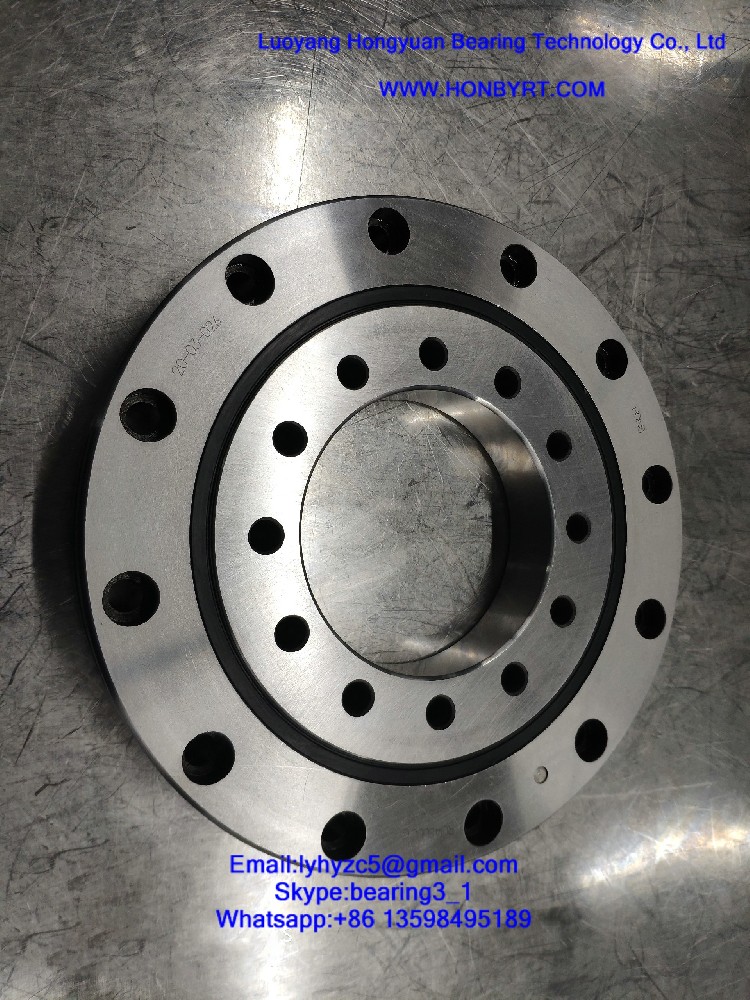Bearing is one of the common and important parts in mechanical equipment, which plays a key role in the normal operation and life of the equipment. In order to ensure the reliability of bearings and prolong their service life, proper maintenance and maintenance are crucial. This article will introduce the maintenance and maintenance methods of bearings in detail to ensure their high efficiency and reliability in the working process.
Bearing lubrication
Bearing lubrication is one of the key factors in maintaining and protecting bearings. Proper lubrication reduces friction and wear, reduces energy loss, and increases bearing operating efficiency. According to different application scenarios and working conditions, grease or oil can be selected for bearing lubrication.
The grease is suitable for low-speed and high-load working conditions, and can provide good sealing and shock resistance. Grease selection should take into account factors such as operating temperature, load and speed. Regularly check the amount and quality of bearing grease, and replace and replenish it in time.
The lubricant is suitable for high-speed bearings and high-temperature environments. The choice of lubricating oil should be determined according to the bearing type and working conditions, and attention should be paid to regular replacement and monitoring of oil pollution.
Bearing cleaning
Bearings are susceptible to dirt, moisture and other contaminants in their operating environment. These contaminants accelerate bearing wear and corrosion, reducing their life. Therefore, it is very important to clean the bearings regularly.
When cleaning bearings, use appropriate cleaning agents and tools, and be careful to avoid excessive cleaning and improper cleaning methods. After cleaning, the bearings should be thoroughly dried and lightly greased or oiled before reassembly.
Bearing mounting
Proper bearing mounting and dismounting is critical to bearing performance and life. During the installation process, the following points should be noted:
a. Use proper tools and methods for mounting and dismounting of bearings to avoid excessive impact and stress concentration.
b. Before installing the bearing, the housing bore and bearing surfaces should be cleaned and inspected to ensure they are smooth and free from damage.
c. Use proper installation tools and methods to ensure proper centering and positioning of the bearings.
d. When disassembling the bearing, record the relevant parameters and precautions for reference when reinstalling.
Bearing testing
Regular monitoring of bearing operation can help early detection of bearing failures and abnormalities. Common monitoring methods include:
a. Vibration monitoring: By monitoring the vibration frequency and amplitude changes of the bearings, the operating status of the bearings can be judged.
b. Temperature monitoring: Bearing overheating is a common indicator of failure, using temperature sensors to monitor bearing temperature changes can detect abnormalities early.
c. Sound Monitoring: Unusual noise and vibrations can indicate bearing failure and damage.
d. Lubrication status monitoring: monitor the quality and pollution degree of bearing grease or lubricating oil, replace and maintain in time.
Bearing Storage
When bearings are out of service or stored for a long period of time, appropriate measures need to be taken to protect their performance and quality.
a. Bearings should be cleaned, lubricated and protected with a rust inhibitor prior to storage.
b. Bearings should be stored in a dry, clean and non-corrosive gas environment, avoiding direct sunlight and high temperature.
c. Periodically check the storage condition and condition of the bearings to ensure they are in good condition.
To sum up, the maintenance and maintenance of bearings is very important to ensure their performance and life. Through correct lubrication, regular cleaning, correct installation and disassembly, regular monitoring and proper storage and protection, the high efficiency and reliability of bearings in the working process can be guaranteed. At the same time, it is recommended to refer to the relevant technical manuals and expert advice according to the specific model and use requirements of the bearing to ensure the accuracy and effectiveness of the maintenance and maintenance operations of the bearing.


